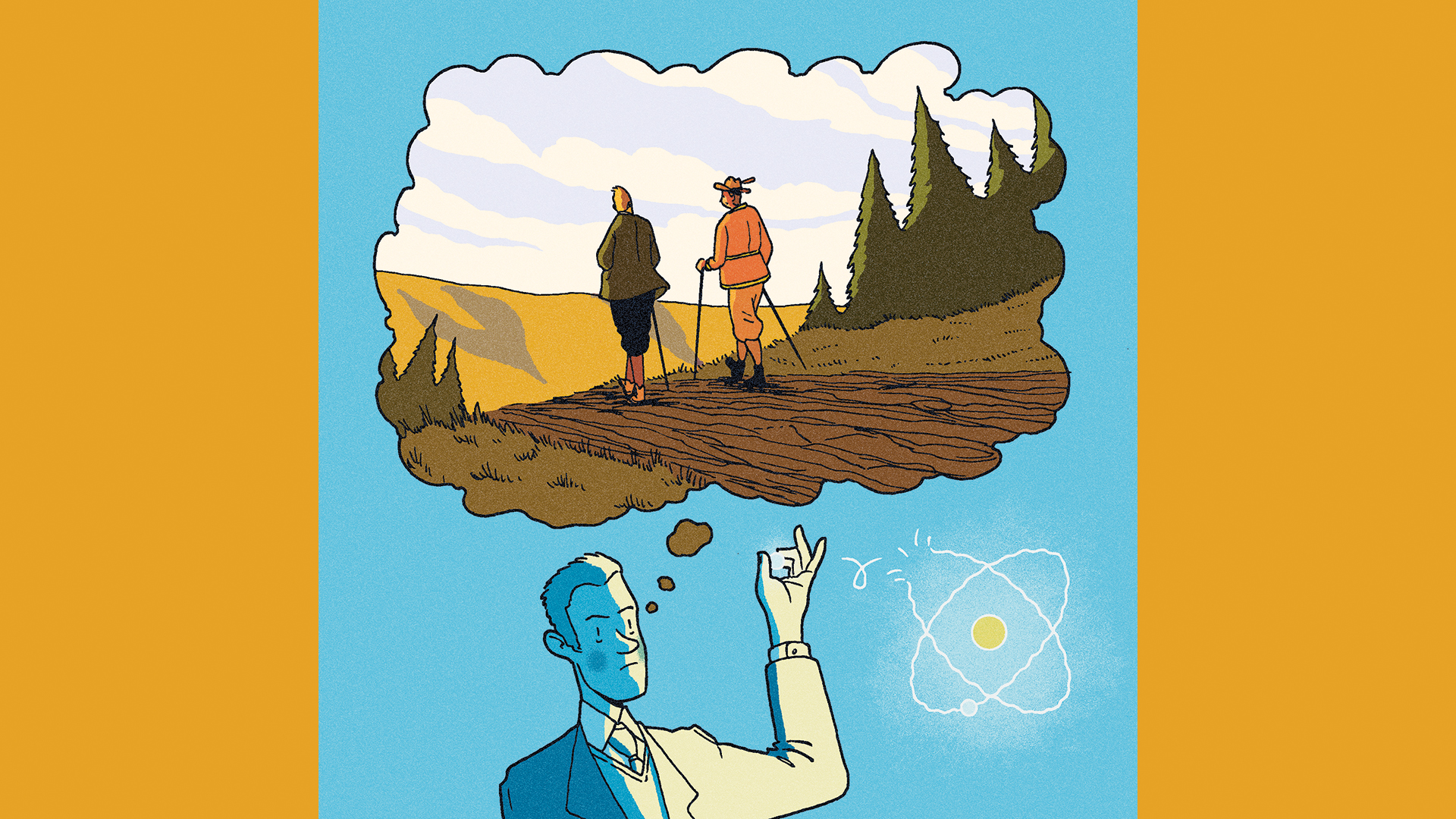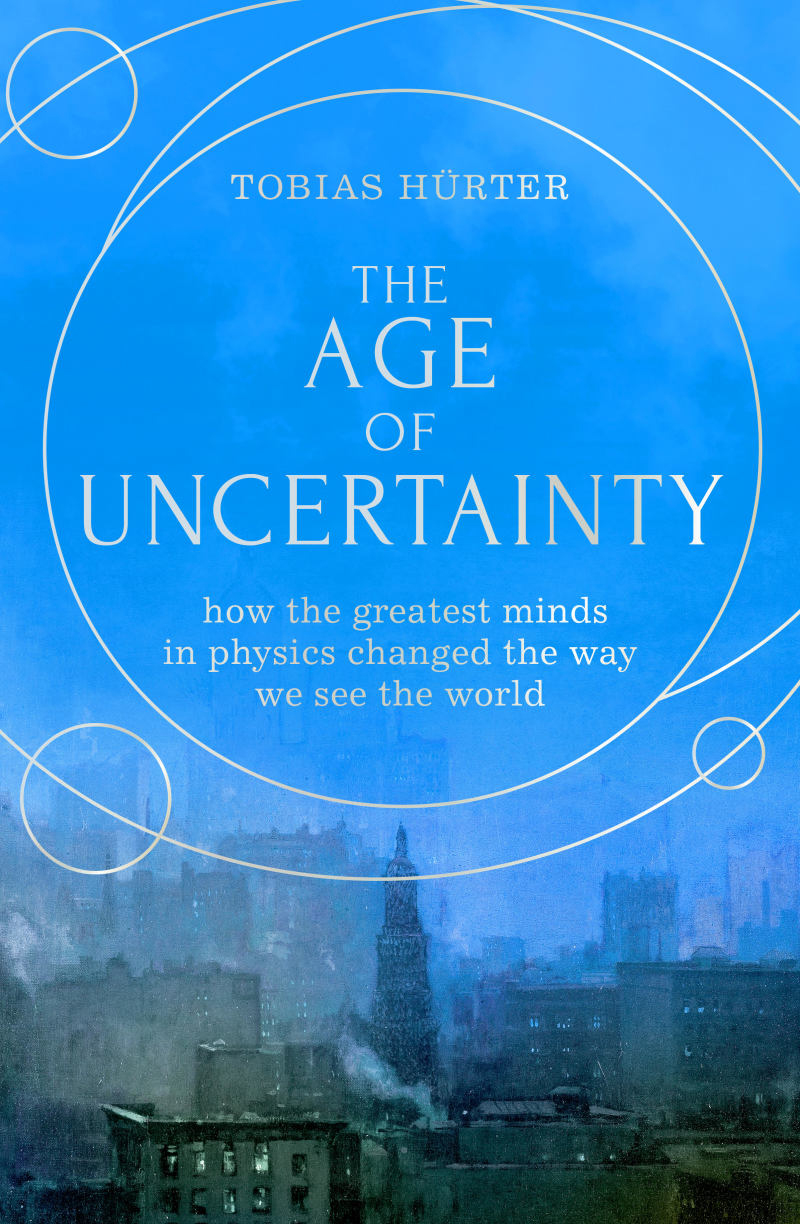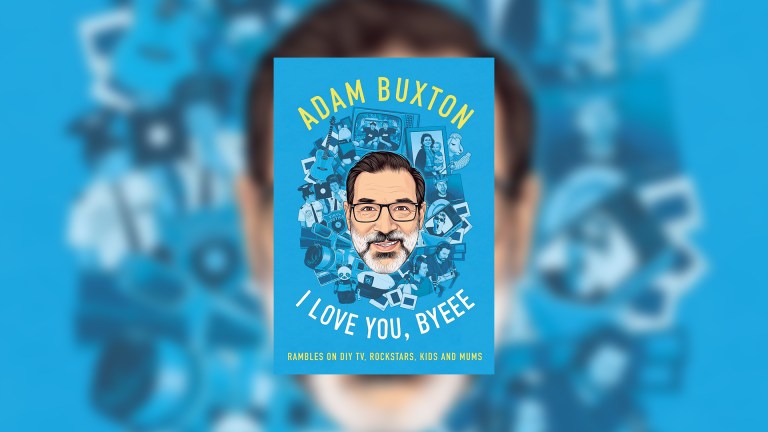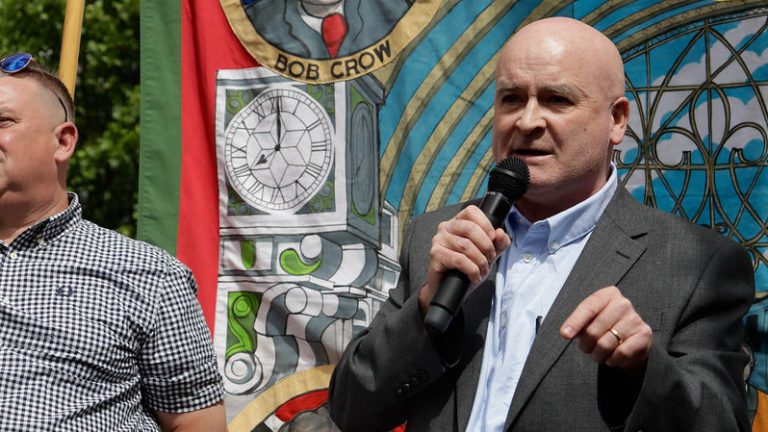When I was in high school, I had a pretty clear idea of how the universe worked. What atoms look like, how the physical world unfolds like clockwork. It was clear, but it was wrong. Since then, I have learned that the world, atoms and all, worked very differently from how I imagined. Unlearning is difficult, it’s unsettling. You need to let go of your closely held beliefs.
This story is not about me in particular, of course. It is a universal human story, a story about how our knowledge advances: to grow, it has to shrink sometimes. A fascinating instance of this pattern took place a century ago. Back then, a young man much smarter than me thought he knew mostly everything about the workings of the universe. His name was Werner Heisenberg, he was born in 1901, raced through his physics studies in Munich, my hometown, and was what we call Überflieger in German: a high flyer, an achiever.
In the summer of 1922, he went to Göttingen to attend a lecture by Niels Bohr – the famed Danish physicist and inventor of the ‘Bohr atom’ – in which he described the electrons orbiting around the nucleus, like planets around the sun. After the lecture, Heisenberg was able to point out an error in Bohr’s calculations. Bohr, impressed by Heisenberg’s sharpness, invited him to take a walk together. Proud young Heisenberg must have felt on top of the world. He knew it all.
Your support changes lives. Find out how you can help us help more people by signing up for a subscription
As the two physicists were wandering over the hills of Göttingen, Bohr surprised Heisenberg with a confession. Bohr didn’t believe in the Bohr atom. It may look nice, like a poem or a painting, but it can’t be right. Heisenberg was stunned. Bohr believed that in order to understand atoms, we must learn what it means to understand. In Bohr, Heisenberg had found his intellectual father figure. The man from whom to learn and against whom to rebel. Heisenberg strived to be the one to solve the enigma of the atoms.
Three years later, the summer of 1925. Heisenberg, Bohr and their colleagues were stuck in their search of a new theory of the microcosmos. Atoms and their constituents seemed to behave strangely beyond imagination, sometimes like waves, sometimes like particles, sometimes spontaneously jumping around. Heisenberg wasn’t feeling well, which had to do with another kind of particles: pollen. He was struck down by hay fever and fled to the island of Heligoland far out in the North Sea, bare from blooming plants. His face was so red and swollen that his landlady on Heligoland presumed that he had been beaten up by sailors.











